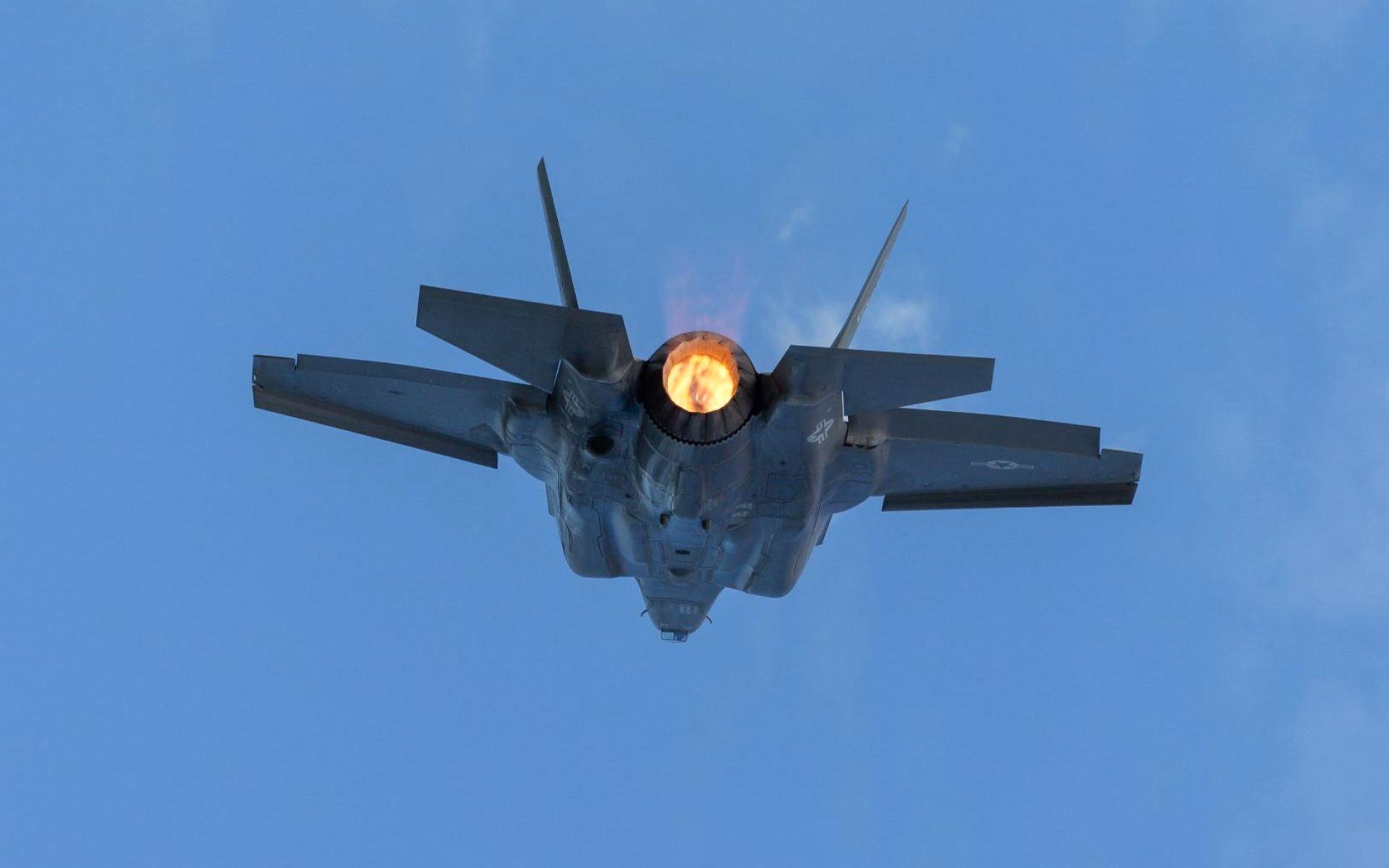Managing Voltage Levels in MIL-STD-704. This paper delves into the realm of voltage management as specified by MIL-STD-704. By exploring the standards and techniques related to voltage requirements, this paper sheds light on the critical role of voltage regulation in maintaining stable and reliable power systems.
Introduction: Voltage stability is paramount in aerospace applications, where power fluctuations can compromise critical systems. The MIL-STD-704 standard, established by the United States Department of Defense, outlines rigorous voltage requirements to ensure the reliability of power systems in military aircraft. This white paper delves into the intricacies of MIL-STD-704 voltage management, highlighting the importance of voltage regulation and techniques for achieving stable power delivery.
Understanding Voltage Requirements in MIL-STD-704: MIL-STD-704 outlines specific voltage requirements that power systems must adhere to during various operational scenarios:
- Normal Voltage Ranges: The standard defines permissible voltage ranges for different operational phases, ensuring consistent and reliable power delivery to aircraft systems during normal operation.
- Abnormal Voltage Limits: The standard also addresses abnormal voltage conditions, specifying limits that power systems must not exceed to prevent potential damage to equipment.
- Emergency Voltage Limits: In emergency situations, MIL-STD-704 stipulates voltage limits that must be maintained to ensure the continued functionality of critical systems.
Significance of Voltage Regulation: Voltage regulation is essential to maintain stable power systems and safeguard connected equipment. Key reasons for voltage regulation include:
- System Reliability: Voltage regulation prevents voltage fluctuations that could cause disruptions or damage to critical systems, enhancing overall system reliability.
- Avoiding Overloading: Well-regulated voltage levels prevent overloading and overheating of equipment, extending their lifespan and preventing potential failures.
- Ensuring Compatibility: Voltage regulation ensures that connected equipment receives the voltage it requires, preventing compatibility issues and malfunctions.
Techniques for Maintaining Stable Voltages: Several techniques are employed to maintain stable voltage levels in accordance with MIL-STD-704:
- Voltage Regulation Circuits: Utilize voltage regulation circuits that adjust the output voltage to match the desired level, compensating for input voltage variations.
- Voltage Stabilizers: Implement voltage stabilizers that maintain consistent output voltage regardless of input fluctuations or load changes.
- Voltage Monitoring and Feedback: Incorporate voltage monitoring and feedback systems to detect deviations from the desired voltage and automatically adjust output levels.
- Active Power Factor Correction (PFC): Active PFC techniques enhance voltage stability by correcting input power factor and reducing harmonic distortion, resulting in cleaner and more stable output.
- Redundancy: Incorporate redundant power sources to ensure continuous power supply, even in the event of a voltage fluctuation or failure in one source.
Benefits of MIL-STD-704 Voltage Management: MIL-STD-704 voltage management offers several benefits for aerospace applications:
- System Consistency: Compliance with voltage requirements ensures consistent power delivery, promoting the reliable operation of critical systems.
- Safety: Stable voltage levels prevent potential hazards arising from power fluctuations, safeguarding both aircraft systems and personnel.
- Mission Success: Dependable power supply contributes to the success of military missions by minimizing the risk of equipment failures or disruptions.
Best Practices for Effective Voltage Management: To achieve effective voltage management in line with MIL-STD-704, consider the following best practices:
- Thorough Design Analysis: Conduct a detailed analysis of power system design to identify voltage regulation requirements and plan for implementation.
- Component Selection: Choose high-quality voltage regulation components capable of handling the required voltage levels and tolerances.
- Testing and Validation: Thoroughly test and validate voltage regulation circuits and systems under various operational scenarios to ensure compliance and effectiveness.
- Maintenance and Monitoring: Implement regular maintenance and monitoring procedures to identify voltage deviations promptly and address them before they affect system performance.
Conclusion: MIL-STD-704 voltage management is a cornerstone of reliable and efficient power systems in aerospace applications. By understanding the standards, recognizing the significance of voltage regulation, and employing effective techniques, aerospace professionals can ensure stable power delivery, enhance system reliability, and contribute to the overall success and safety of military operations.
References:
- United States Department of Defense. (2012). MIL-STD-704H: Aircraft Electric Power Characteristics. Washington, DC.
- SAE International. (2007). ARP5015: Design and Installation of Aircraft Electrical Power Systems. Warrendale, PA.
- NASA Technical Standards Program. (2016). NASA-STD-4005: Standard for Aircraft Electric Power Systems. Washington, DC.
- Rodriguez, M. A., & Doulgeris, G. (2018). Aircraft Electrical Power Systems: Analysis, Modelling, and Control. CRC Press.
- Dempsey, A. (2015). Power Integrity: Measuring, Optimizing, and Troubleshooting Power-Related Parameters in Electronics Systems. McGraw-Hill Education.
- Kim, D. H., & Liang, Z. (2016). Improved Model for MIL-STD-704F Requirements of Aircraft Power Distribution Systems. IEEE Transactions on Aerospace and Electronic Systems, 52(1), 349-359.
- Wang, Y., Du, H., & Du, Z. (2017). Research on Transient Voltage Dips in Aircraft Electrical Power System. In 2017 IEEE 5th International Conference on Electric Power Equipment Switching Technology (EPEST), 1001-1005.
- Popescu, D. C., & Mecklenbräuker, C. F. (2013). Power Quality Enhancement of Aircraft Electrical Systems Using Hybrid Active Power Filters. IEEE Transactions on Industrial Electronics, 60(5), 1824-1833.
- Johnson, R. C., Johnson, K. E., & Guan, R. (2017). A Survey of Aircraft Electric Power Systems and Modeling Approaches. IEEE Transactions on Transportation Electrification, 3(2), 411-423.
- Green, J. L., & Bucher, C. A. (2017). A Survey of Electric Power Generation in Aircraft. SAE International Journal of Aerospace, 10(2), 187-196.





